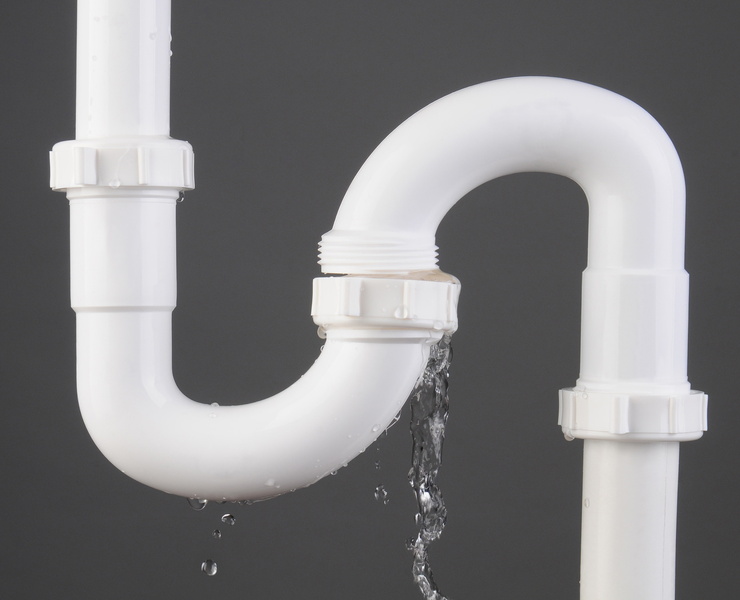How to Examine If Your Home Has a Concealed Leakage
How to Examine If Your Home Has a Concealed Leakage
Blog Article
We have discovered the article about Finding hidden leaks down the page on the web and accepted it made sense to write about it with you on this site.

Early detection of dripping water lines can reduce a prospective disaster. Some tiny water leaks may not be visible.
1. Analyze the Water Meter
Every residence has a water meter. Inspecting it is a guaranteed way that helps you uncover leakages. For starters, switch off all the water sources. Make sure nobody will purge, use the faucet, shower, run the cleaning equipment or dishwasher. From there, go to the meter and watch if it will certainly alter. Because no one is using it, there should be no activities. If it relocates, that suggests a fast-moving leak. If you identify no modifications, wait an hour or two and also inspect back again. This suggests you might have a slow-moving leak that might even be below ground.
2. Inspect Water Usage
Analyze your water costs and also track your water usage. As the one paying it, you ought to see if there are any inconsistencies. If you find sudden changes, despite your intake coinciding, it implies that you have leaks in your plumbing system. Bear in mind, your water costs must fall under the very same array each month. A sudden spike in your expense indicates a fast-moving leakage.
Meanwhile, a constant increase each month, despite having the very same practices, reveals you have a slow-moving leak that's additionally slowly intensifying. Call a plumber to thoroughly examine your building, particularly if you feel a cozy location on your floor with piping beneath.
3. Do a Food Coloring Examination
When it comes to water consumption, 30% comes from commodes. If the color in some way infiltrates your bowl during that time without flushing, there's a leakage between the tank as well as dish.
4. Asses Exterior Lines
Do not forget to check your exterior water lines as well. Must water seep out of the link, you have a loose rubber gasket. One tiny leakage can squander loads of water and increase your water costs.
5. Assess the circumstance and inspect
House owners should make it a behavior to check under the sink counters and also even inside cupboards for any kind of bad odor or mold and mildew growth. These 2 warnings suggest a leakage so punctual interest is needed. Doing regular examinations, even bi-annually, can conserve you from a significant problem.
If you know your residence is already old, maintain a watchful eye on your heating units, hose pipes, pipelines etc. Check for stainings as well as weakening as the majority of devices and pipes have a life span. They will additionally naturally weaken due to deterioration. If you think dripping water lines in your plumbing system, do not wait for it to rise. Call an expert plumber today so you don't end up with a horrible mess in your house.
Early detection of dripping water lines can reduce a potential disaster. Some tiny water leakages might not be noticeable. Checking it is a surefire means that aids you find leaks. One little leakage can throw away lots of water and also spike your water bill.
If you believe leaking water lines in your plumbing system, don't wait for it to intensify.
WARNING SIGNS OF WATER LEAKAGE BEHIND THE WALL
PERSISTENT MUSTY ODORS
As water slowly drips from a leaky pipe inside the wall, flooring and sheetrock stay damp and develop an odor similar to wet cardboard. It generates a musty smell that can help you find hidden leaks.
MOLD IN UNUSUAL AREAS
Mold usually grows in wet areas like kitchens, baths and laundry rooms. If you spot the stuff on walls or baseboards in other rooms of the house, it’s a good indicator of undetected water leaks.
STAINS THAT GROW
When mold thrives around a leaky pipe, it sometimes takes hold on the inside surface of the affected wall. A growing stain on otherwise clean sheetrock is often your sign of a hidden plumbing problem.
PEELING OR BUBBLING WALLPAPER / PAINT
This clue is easy to miss in rooms that don’t get much use. When you see wallpaper separating along seams or paint bubbling or flaking off the wall, blame sheetrock that stays wet because of an undetected leak.
BUCKLED CEILINGS AND STAINED FLOORS
If ceilings or floors in bathrooms, kitchens or laundry areas develop structural problems, don’t rule out constant damp inside the walls. Wet sheetrock can affect adjacent framing, flooring and ceilings.
https://www.servicemasterbyzaba.com/blog/how-to-detect-water-leakage-in-walls/

I am just very intrigued by Top leak detection hacks and I hope you enjoyed reading my piece. So long as you enjoyed reading our page please remember to pass it around. Thanks so much for your time invested reading it.
Report this page